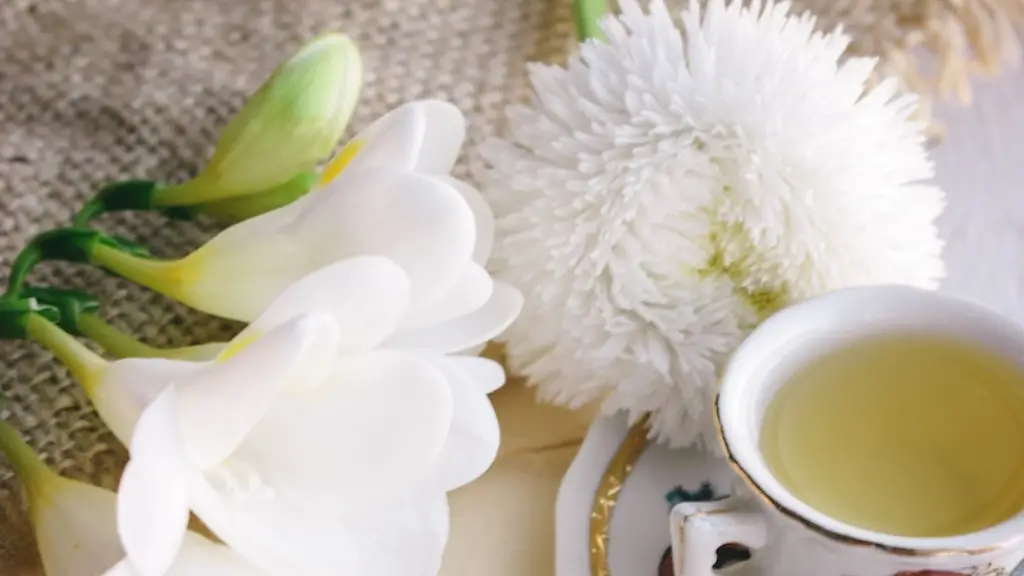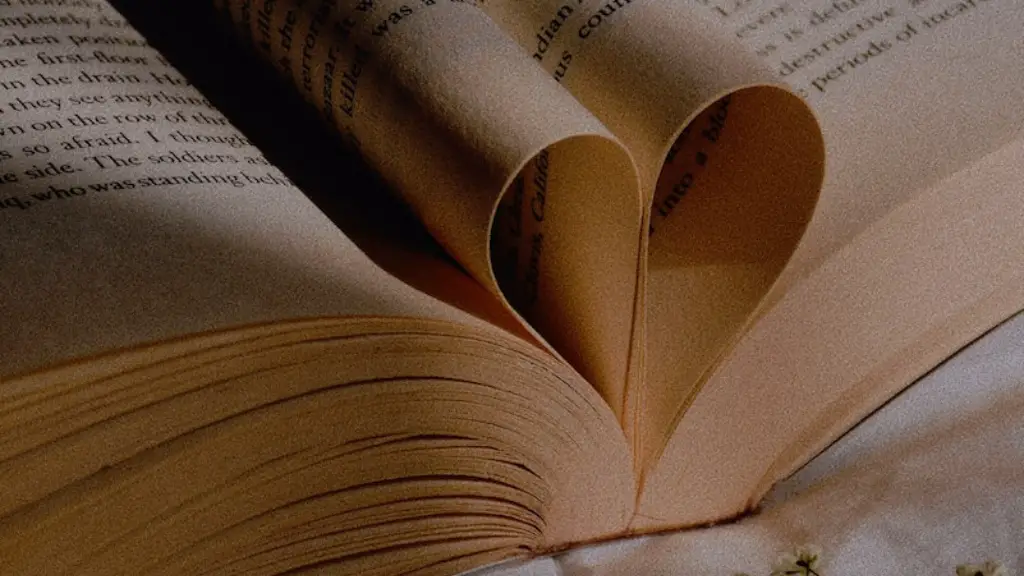Background Information
Romantic poetry is a classification of literature that, since the early 19th century, has assigned a special role to the beauty of nature, feeling, and imagination. This type of poetry tends to be more spontaneous and natural, and enables the poet to express their emotions and opinions without having to adhere to a strict rhyme scheme or meter.
Romanticism is an artistic, literary and intellectual movement that originated in the 18th century. Its goal was to oppose the over-rationalization and intellectualization of life that had been introduced by the Age of Enlightenment. Romantic poets, with their free and imaginative style, introduced a new sense of exploration, emotion and fantasy into the world.
Features of Romantic Poetry
Romantic poetry has a few special features which make it unique. Firstly, romantic poets tend to focus on the organic and organic qualities of the life and nature they observe. Then the images they use have the ability to evoke strong emotions, such as joy or sorrow. Then emotions are often generalised, so that the reader can relate to them.
The stories told by romantic poets also contain elements of mystery, such as unexplained changes in subject or sudden insights, in order to keep the reader’s attention and interest. Moreover, romantic poetry tends to be quite subjective and personal, giving the reader an intimate view into the thoughts, feelings and experiences of the poet.
Furthermore, romantic poets use complex metaphors to express their ideas, often taking simple images and expanding upon them. The themes of romance, adventure and fantasy are also quite prominent. These themes allow the poets to explore their imaginations and inner realms, leading to a truly unique form of expression.
The Importance of Imagination
The imagination is an essential aspect of romantic poetry. With the help of their imaginations, romantic poets can explore a variety of topics and emotions. They can also use the power of their imaginations to bring to life the stories they wish to tell in an even more powerful way.
The romantic poet is also at liberty to transport their readers to different places and times, to describe scenes as familiar or as distant as they wish. They can depict fantastical creatures, fabulous lands and uncharted territories. This allows for a greater level of creativity and a unique form of storytelling.
Romantic poets can also use their imaginations to express deep and powerful emotions. The language they use to do so often has the kind of depth and intensity that can make readers feel intense emotions. Furthermore, their imaginations enable them to explore their own inner realms and to tell stories of beauty, love and tragedy.
The Role of Nature
Nature is an integral part of romantic poetry. Romantic poets often connect their emotions and experiences to nature, thus allowing them to create a connection between the two realms. Nature can also be used to create powerful imagery and evoke emotions in readers.
The beauty of nature is often at the forefront of a romantic poem. The poet can describe in great detail a particular landscape or setting, thus giving the reader a vivid image to envision. Furthermore, the way the poet captures the beauty of the natural world can help to create a sense of awe and inspiration in the reader.
Romantic poets tend to also use nature as a metaphor for their own emotions and experiences. They often use the language and imagery of nature to express powerful emotions and to create a connection between nature and human emotion.
Strong Emotive Language
Romantic poetry often relies heavily on the use of emotive language to convey powerful emotions. Romantic poets use vivid and intense language in order to capture the intensity and power of their emotions. They also make use of figurative language such as similes, metaphors and symbols in order to paint a more vivid picture.
Romantics poets often also incorporate language with a sense of nostalgia or longing. They also use words with connotations of adventure or mystery in order to engage the reader and draw them into the story. Furthermore, they often make use of rhythm, rhyme and imagery to make the poem sound more poetic and poetic and more powerful.
Exploration of the Subconscious
Romantic poets often delve into the hidden depths of their own inner worlds. They explore their fantasies and imaginations, and create a space for readers to inhabit these realms as well. They also often use their writing to grapple with themes of faith and spirituality, and a sense of inner exploration can be found in much of their poetry.
The exploration of the subconscious is an important theme in romantic poetry. Romantic poets often seek to find meaning in their dreams, imaginations and memories, and use these as a means of expressing their own inner worlds. The use of vivid imagery allows them to express these inner realms in great detail, and thus reflect and explore the mysteries of the human subconscious.
Exploration of the Human Condition
Romantic poets often explore themes of human emotions, such as joy, sorrow, love, hatred, and so on. They use vivid language to describe these emotions in great detail and depict the human condition. They also tend to use symbols and metaphors to depict the human condition and to evoke powerful emotions in the reader.
Romantic poetry often also uses symbolism to explore the mysteries of existence. Many romantic poets seek to explore the nature of life and the role of human beings within it. They often depict their inner worlds through the use of symbols, metaphors and vivid imagery in order to find meaning in the world around them.
Exploration of Love and Beauty
Many romantic poets explore the theme of love in their poetry. They use poetic language and vivid imagery to explore its beauty and its heartbreaking fragility. They also often explore the concepts of beauty and harmony, depicting scenes of innocence, joy and fragile joy.
Romantic poets often use expressions of tenderness and love to express the depths of emotion and passion they feel. Furthermore, they often depict the beauty of nature and explore the innocence of the human soul. The themes of beauty and passion often provide a sense of hope and a reminder of the human experience, even in the darkest moments.
Conclusion of Mortality and Melancholy
Romantic poets often explore the theme of mortality and its effects upon the human soul. Many of them depict scenes of decay, death and sadness, thus exploring the fragility of life. They often also use the imagery of death to explore the inevitability of life and its transience.
The use of melancholic language and imagery often reflect the sense of loss and sadness that many romantic poets feel. Furthermore, they often use the imagery of death to explore the sense of peace and acceptance that can be found within. This can also lead to greater hope and understanding of life, as many romantic poets look to death as an inspiration to live life with greater passion and intensity.


